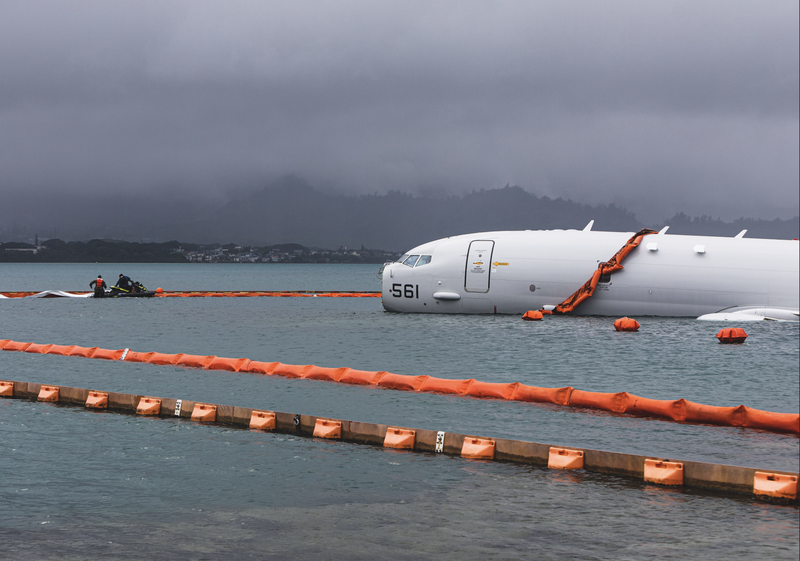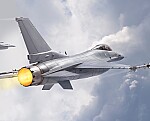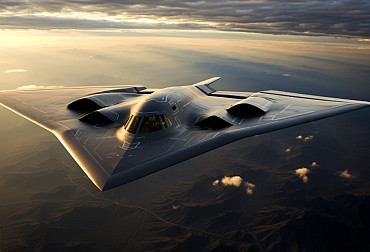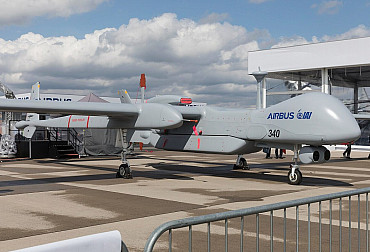Flight Data Recorder Recovered from Navy Plane That Overshot Runway in Hawaii
KANEOHE, Hawaii — In a significant development following the recent aviation mishap in Hawaii, the U.S. Navy has successfully recovered the flight data recorder from the P-8A aircraft that overshot the runway and ended up in Kaneohe Bay earlier this week. This advancement is a crucial step in the ongoing investigation to ascertain the causes of the accident.
The incident occurred on Monday, Nov. 20, 2023, involving a large Navy plane from the Skinny Dragons of Patrol Squadron 4, stationed at Whidbey Island in Washington. Notably, there were no injuries among the nine crew members aboard during the accident.
The Navy's Aircraft Mishap Board is conducting a thorough investigation at Marine Corps Base Hawaii in Kaneohe Bay. Their focus is to determine the root cause of the accident and any contributing factors. The flight data recorder, recovered on Thursday, is expected to provide vital information about the events leading up to the accident.
Sailors from a mobile diving and salvage unit not only retrieved the data recorder but also conducted an extensive hydrographic survey to assess the structural integrity of the downed P-8A Poseidon. This aircraft, a cornerstone of the Navy's maritime patrol and reconnaissance force, is a military derivative of the Boeing 737-800. With its advanced anti-submarine warfare (ASW), anti-surface warfare (ASUW), and intelligence, surveillance, and reconnaissance (ISR) capabilities, the P-8A represents a significant leap forward in naval aviation technology.

Equipped with state-of-the-art sensors and communications equipment, the Poseidon can conduct broad-area, maritime, and littoral operations. It is particularly adept at submarine tracking and boasts an advanced weapons system that includes torpedoes, Harpoon anti-ship missiles, and other munitions. Its ability to operate at high altitudes and its extended range make it a formidable asset for maritime patrol and reconnaissance missions.
In response to environmental concerns raised by Kaneohe Bay residents about potential coral reef damage and chemical pollution, the Navy has implemented several protective measures. Containment booms and absorbent materials surround the aircraft to prevent environmental contamination, and trained personnel are monitoring the site continuously.
The P-8A's design, sharing many components with Boeing's 737 commercial jet, brings into focus the operational challenges and safety measures associated with military adaptations of civilian aircraft. This incident underscores the importance of rigorous safety protocols and the need for continuous evaluation of these complex machines.

Following the accident, the VP-40 Fighting Marlins, another crew from Washington state, arrived to assume homeland defense duties, ensuring that defense operations continue seamlessly during the ongoing investigation and recovery efforts.
The Navy's handling of the incident, particularly in terms of environmental protection and investigative rigor, highlights its commitment to operational safety and environmental responsibility. The insights gained from the flight data recorder and the ongoing investigation will be crucial in understanding this incident and in shaping future safety measures for the advanced P-8A Poseidon and similar military aircraft.










